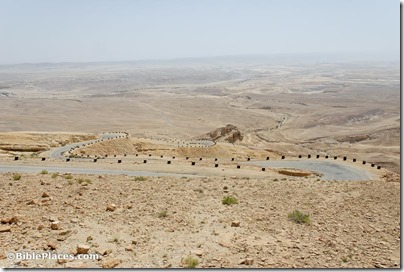Claudia Chotzen describes her experience as a volunteer excavating the En Gedi synagogue 50 years ago.
The Institute of Biblical Culture is beginning a year-long biblical Hebrew course in July, and you can receive $300 off with coupon BIBLEPLACES.
Jerusalem University College has a number of excellent study options, including Historical and Geographical Settings of the Bible, Jesus and His Times, and Pastor and Parishoner trips.
Bible Archaeology Report: Top Ten Discoveries Related to the Book of Judges. It’s fun to try to make some guesses before reading through.
The latest from Walking the Text with Brad Gray: David and Goliath: Guard Your Shephelah (20 min)
Virtual lecture on June 19: Aren Maeir will be speaking on “New Views on the Philistines: What Archaeology Reveals about Goliath and His Peers” in the BAS Scholars Series ($10).
On sale for Kindle: Zondervan Essential Atlas of the Bible, by Carl Rasmussen
Our team spent years developing the Photo Companion to 1 & 2 Kings, and we finally released it this week. Woohoo!
HT: Agade, Joseph Lauer, Arne Halbakken, Explorator
